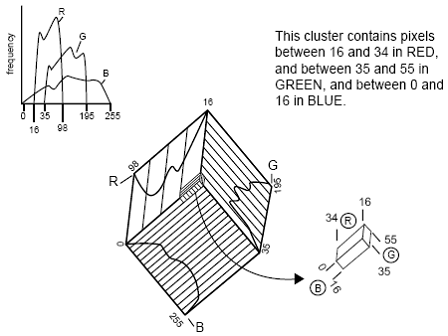1.概述
主要采用聚类分析的方法进行图像分类,主要过程如下:
(1)确定最初类别数和类别中心;
(2)计算每个像元多对应的特征矢量与各聚类中心的距离;
(3)选与其中心距离最近的类别作为这一矢量(像元)的所属类别;
(4)计算新的类别均值向量;
(5)比较新的类别均值与原中心位置的变化,形成新的聚类中心;重复2,反复迭代;
(6)如聚类中心不再变化, 停止计算。
核心问题:初始类别参数的选定,以及它的迭代调整问题。
2.初始类别参数的选定
初始类别参数是指:基准类别集群中心(数学期望Mi),以及集群分布的协方差矩阵i。
(1)像素光谱特征比较法;
(2)总体直方图均匀定心法;
(3)最大最小距离选心法;
(4)局部直方图峰值定心法;
(5)累积分布直方图法。
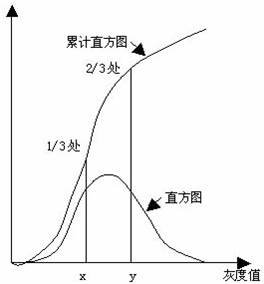
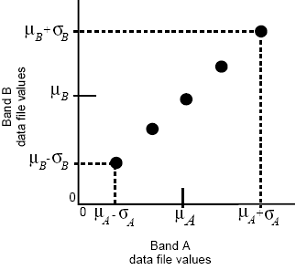
3.ISODATA法
迭代自组织数据分析技术(ISODATA,Iterative
Self-Organizing Data Analysis Technique)。在初始设定基础上,在分类过程中根据一定原则不断重新计算类别总数、类别中心,使分类结果逐渐趋于合理,直到满足一定条件,分类完毕。
ISODATA is
iterative in that it repeatedly performs an entire
classification (outputting a thematic raster layer) and
recalculates statistics. Self-Organizing refers to the
way in which it locates clusters with minimum user
input.

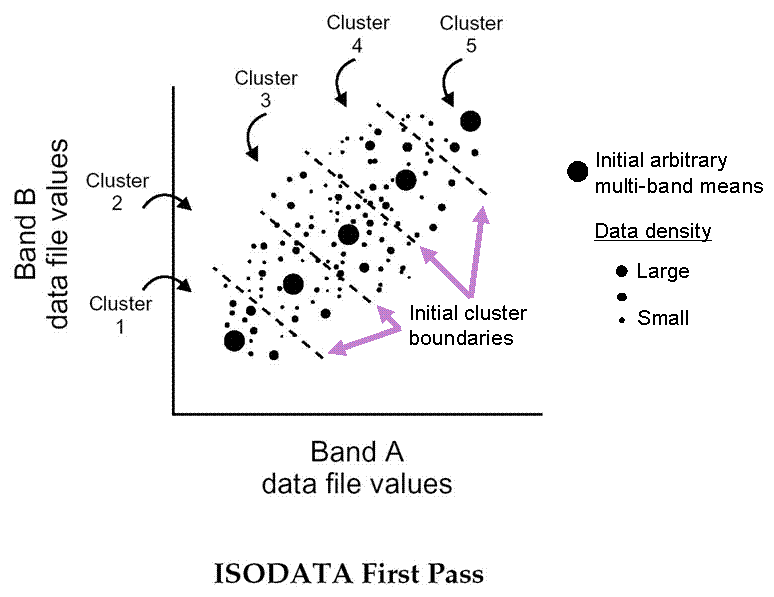
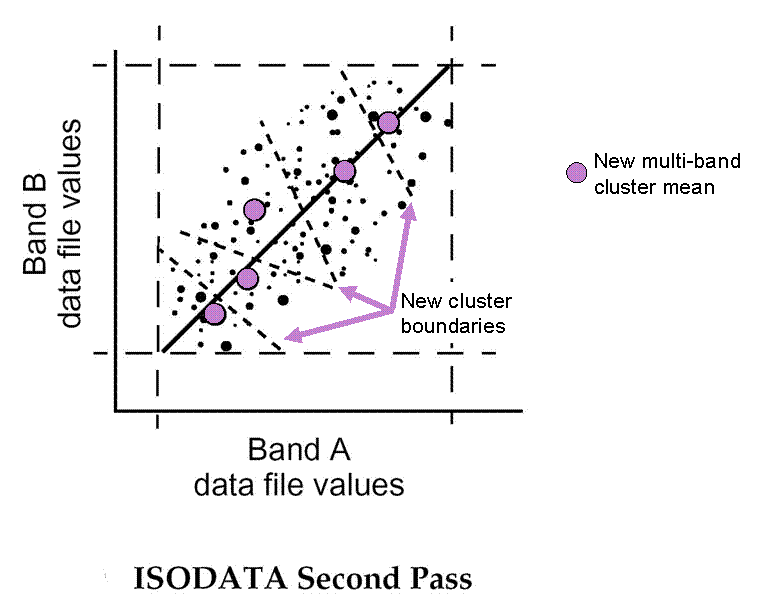
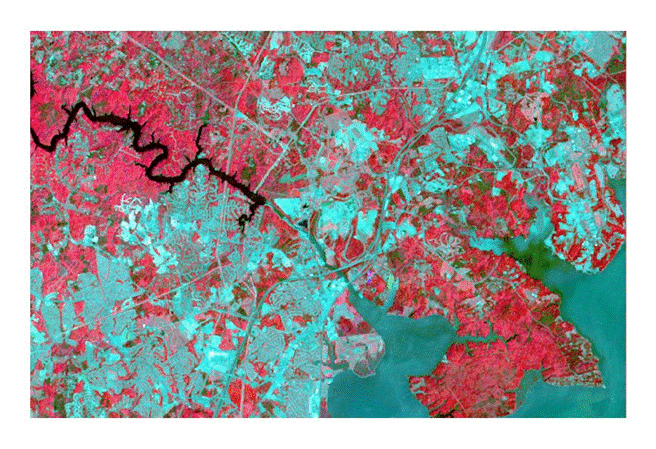
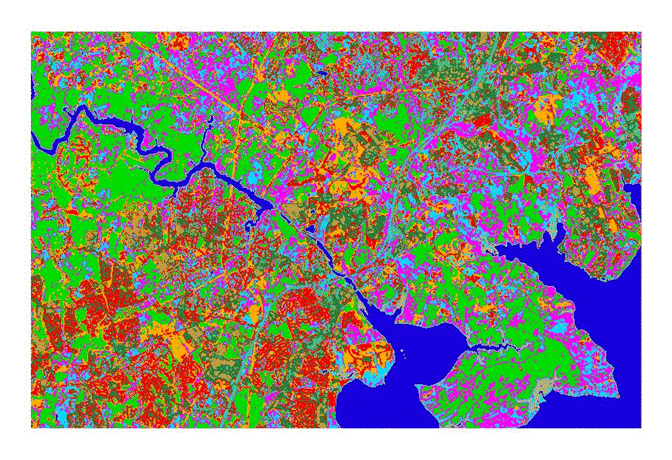
3.RGB聚类
RGB clustering
is a simple classification and data compression technique for three bands of
data. It is a fast and simple algorithm
that quickly compresses a three-band image into a single band pseudocolor
image, without necessarily classifying any particular
features. The algorithm plots all pixels in
3-dimensional feature space and then
partitions this space into
clusters on a grid.
